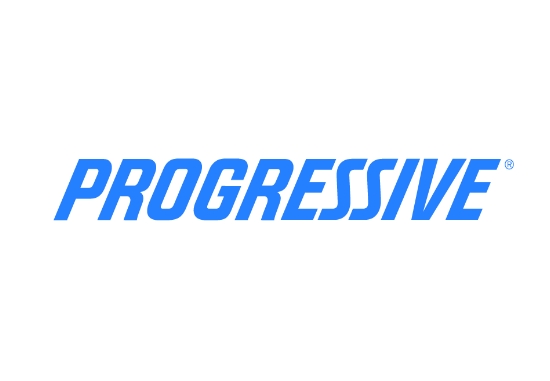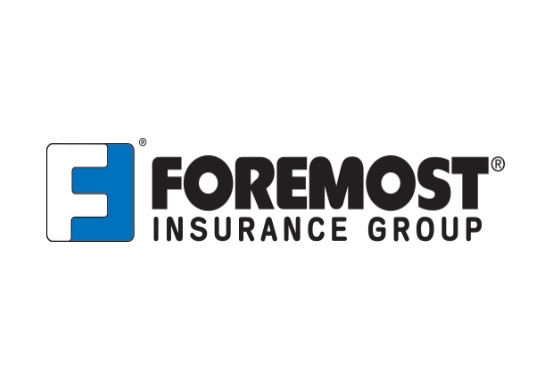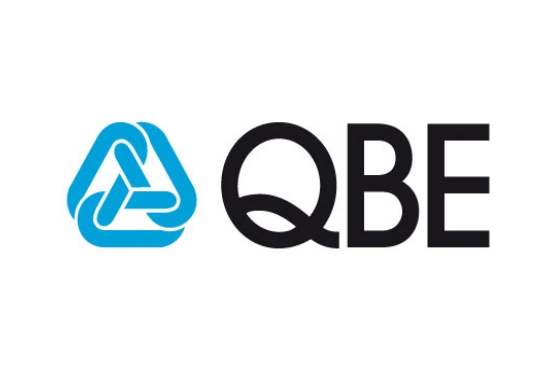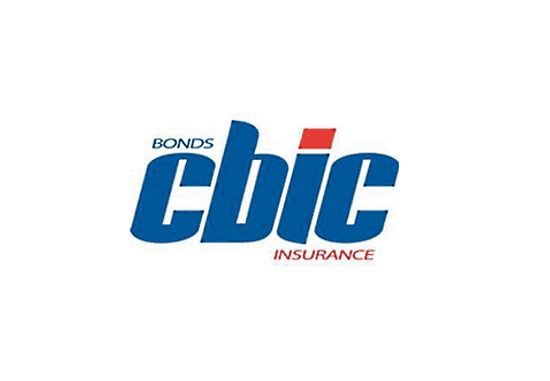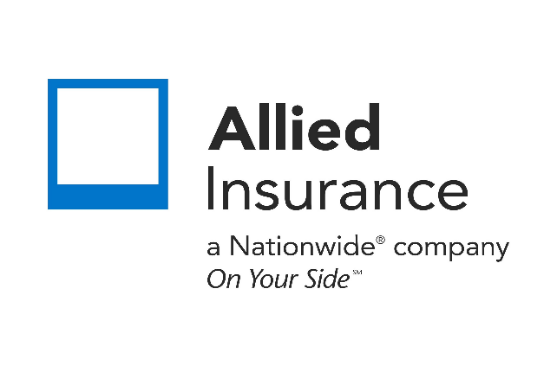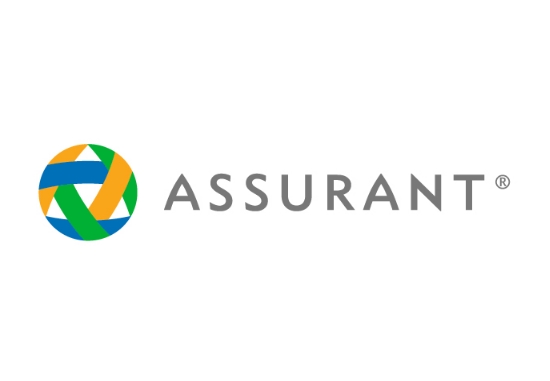Common Examples of Product Liability Cases: Understanding Your Rights
Product liability cases arise when consumers suffer harm due to defective or dangerous products. These cases hold manufacturers, distributors, or retailers accountable for injuries caused by their goods. Whether it’s a faulty appliance, a contaminated drug, or a poorly designed vehicle, product liability lawsuits aim to protect consumers and ensure safer markets. This article explores the most common examples of product liability cases, their legal basis, and what you need to know to pursue justice.
What Is Product Liability?
Product liability refers to the legal responsibility of those involved in the production and sale of goods for any harm caused by defects. These cases typically fall under three categories:
Design Defects: Flaws in the product’s design make it inherently unsafe, even if manufactured correctly.
Manufacturing Defects: Errors during production or assembly cause specific units to be dangerous.
Failure to Warn: Inadequate instructions or warnings fail to alert consumers to potential risks.
Understanding these categories helps identify the types of product liability cases you might encounter. Below, we dive into real-world examples that illustrate how these defects manifest and their impact on consumers.
Common Examples of Product Liability Cases
1. Defective Medical Devices
Medical devices like pacemakers, hip implants, or surgical mesh can cause severe harm if defectively designed or manufactured. For instance, a poorly designed hip implant may erode, causing pain, immobility, or the need for revision surgery.
Real-World Case: In the early 2010s, DePuy Orthopaedics faced thousands of lawsuits over its ASR hip implants. The metal-on-metal design caused metal particles to enter patients’ bloodstreams, leading to tissue damage and device failure. The company settled for over $4 billion, highlighting the scale of liability when defective devices harm consumers.
Why It Matters: Patients rely on medical devices for life-altering treatments. Design flaws or inadequate testing can lead to catastrophic health consequences, making these cases a cornerstone of product liability law.
2. Dangerous Pharmaceuticals
Prescription drugs and over-the-counter medications can pose risks if they contain harmful side effects not properly disclosed or result from manufacturing errors. Contaminated batches or inadequate warnings about side effects often trigger lawsuits.
Real-World Case: The opioid crisis led to massive litigation against pharmaceutical companies like Purdue Pharma, the maker of OxyContin. The company was accused of downplaying the drug’s addictive nature, contributing to widespread addiction and overdoses. Settlements have reached billions, with funds allocated to addiction treatment programs.
Why It Matters: Consumers trust medications to improve their health, not harm it. Failure to warn about risks or producing contaminated drugs violates this trust, leading to significant legal consequences.
3. Faulty Automotive Parts
Vehicles rely on complex systems, and defects in components like airbags, brakes, or tires can cause accidents, injuries, or fatalities. Automotive product liability cases often involve design or manufacturing flaws.
Real-World Case: The Takata airbag recall, one of the largest in automotive history, affected millions of vehicles worldwide. Defective airbags could explode, sending shrapnel into drivers and passengers. Over 20 deaths and hundreds of injuries were linked to the defect, leading to billions in settlements and recalls.
Why It Matters: Defective car parts endanger lives on the road. These cases push manufacturers to prioritize safety and rigorous testing.
4. Defective Consumer Electronics
Electronics like smartphones, laptops, or hoverboards can pose risks if they overheat, catch fire, or malfunction due to design or manufacturing issues. Lithium-ion batteries are a common culprit in such cases.
Real-World Case: In 2016, Samsung recalled millions of Galaxy Note 7 smartphones after reports of batteries catching fire or exploding. The defect led to injuries, property damage, and a massive public relations crisis, costing Samsung over $5 billion.
Why It Matters: As electronics become integral to daily life, defects can cause widespread harm, from burns to property loss, underscoring the need for robust safety standards.
5. Contaminated or Unsafe Food Products
Foodborne illness outbreaks or mislabeled food products often lead to product liability claims. Contamination during production or failure to disclose allergens can result in serious health risks.
Real-World Case: In 2015, Blue Bell Creameries faced lawsuits after a listeria outbreak linked to its ice cream caused multiple deaths and illnesses. The company halted production, issued recalls, and paid significant settlements for failing to maintain sanitary manufacturing processes.
Why It Matters: Consumers expect food to be safe for consumption. Contamination or inadequate labeling can lead to severe illness, particularly for vulnerable populations like children or the elderly.
6. Defective Children’s Products
Toys, cribs, or car seats with design flaws or manufacturing errors can endanger children, leading to high-profile lawsuits. These cases often involve choking hazards, toxic materials, or structural failures.
Real-World Case: In 2007, Mattel recalled millions of toys due to lead paint and small magnets that posed choking hazards. The company faced lawsuits and regulatory fines for failing to ensure product safety.
Why It Matters: Children are particularly vulnerable, making safety in children’s products a critical concern. These cases often prompt stricter regulations.
7. Household Appliances and Tools
Defective appliances like washing machines, microwaves, or power tools can cause fires, electric shocks, or injuries due to poor design or manufacturing errors.
Real-World Case: In 2016, Whirlpool recalled millions of dryers due to a defect that caused overheating and fires. Consumers reported property damage and injuries, leading to lawsuits and costly recalls.
Why It Matters: Appliances are trusted to function safely in homes. Defects can disrupt lives and cause significant financial and physical harm.
Legal Basis for Product Liability Claims
Product liability cases are typically pursued under strict liability, meaning plaintiffs don’t need to prove negligence, only that the product was defective and caused harm. Claims may also involve:
Negligence: Proving the manufacturer failed to exercise reasonable care.
Breach of Warranty: Showing the product didn’t meet promised standards.
Consumer Protection Laws: Leveraging state or federal regulations to hold companies accountable.
To succeed, plaintiffs must demonstrate:
The product was defective.
The defect caused their injury or loss.
They were using the product as intended.
Steps to Take If You’re Affected by a Defective Product
Document Everything: Keep the product, receipts, and records of the injury or damage.
Seek Medical Attention: For injuries, get professional care and document treatment.
Contact a Lawyer: Product liability attorneys can assess your case and guide you through legal options.
Report the Issue: Notify agencies like the Consumer Product Safety Commission (CPSC) to prevent further harm.
Why These Cases Matter
Product liability cases do more than compensate victims—they drive accountability. High-profile lawsuits and recalls force companies to improve safety standards, benefiting society as a whole. For example, the Takata airbag case led to stricter automotive safety regulations, while pharmaceutical lawsuits have pushed for better drug testing protocols.
Protecting Yourself as a Consumer
Research Products: Check reviews and recall notices before purchasing.
Read Labels and Instructions: Understand proper usage to avoid risks.
Stay Informed: Follow news on product recalls via sites like CPSC.gov.
Act Quickly: If harmed, consult a lawyer promptly to meet legal deadlines.
Get Protected with Toby Hansen Insurance Agency Today
Don’t let defective products or unexpected accidents leave you vulnerable. At Toby Hansen Insurance Agency, we’ve been safeguarding Montana families since 1995 with tailored insurance solutions, including auto, home, and umbrella policies. Our expert team compares top providers to save you up to 20% on premiums while ensuring you’re fully protected against risks like those highlighted above.
Related Posts
Get a Right Insurance For You
SHARE THIS ARTICLE
We will compare quotes from trusted carriers for you and provide you with the best offer.
Protecting your future with us
Whatever your needs, give us a call, have you been told you can’t insure your risk, been turned down, or simply unhappy with your current insurance? Since 1995 we’ve been providing coverage to our customers, and helping people across United States.


